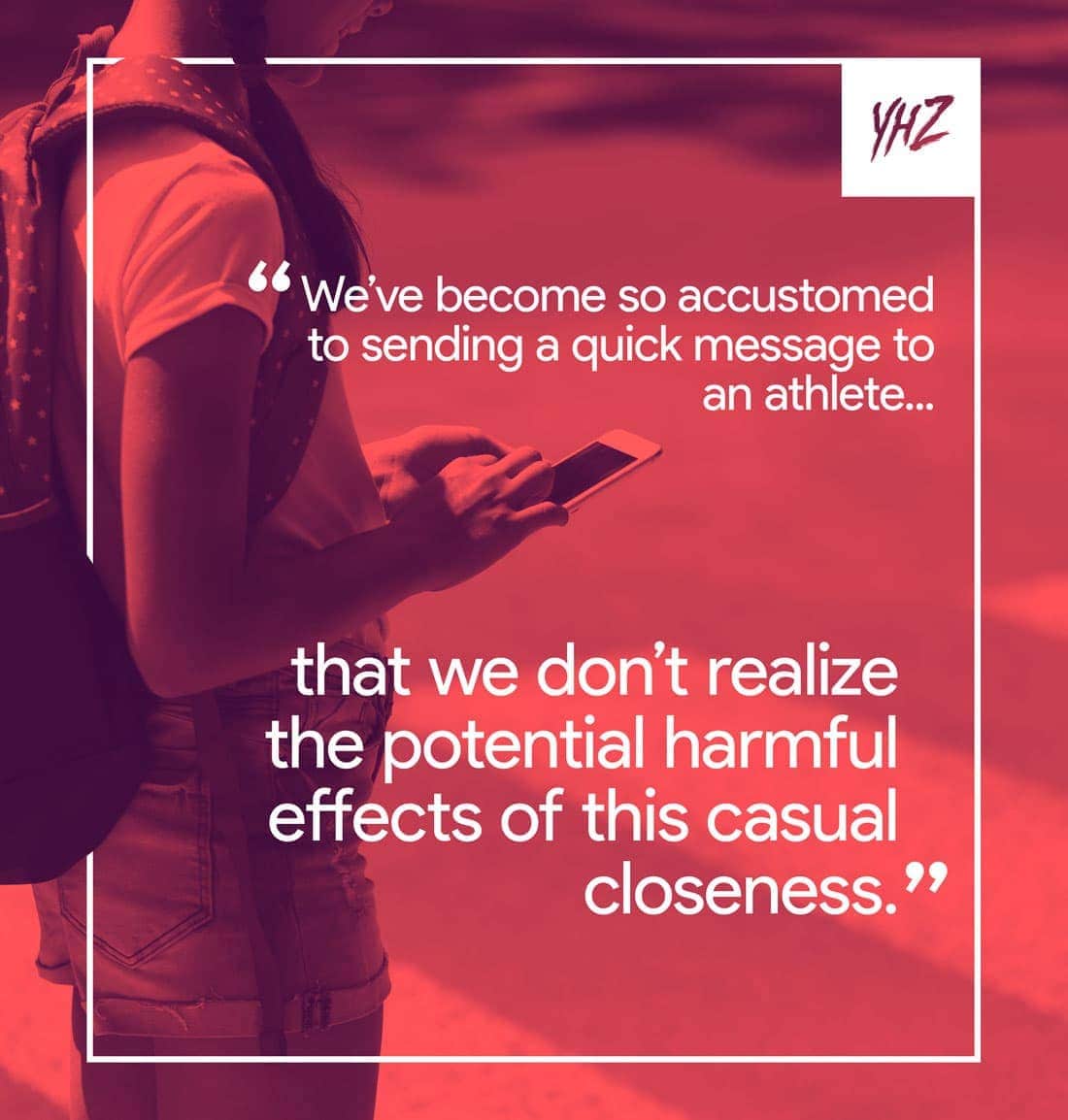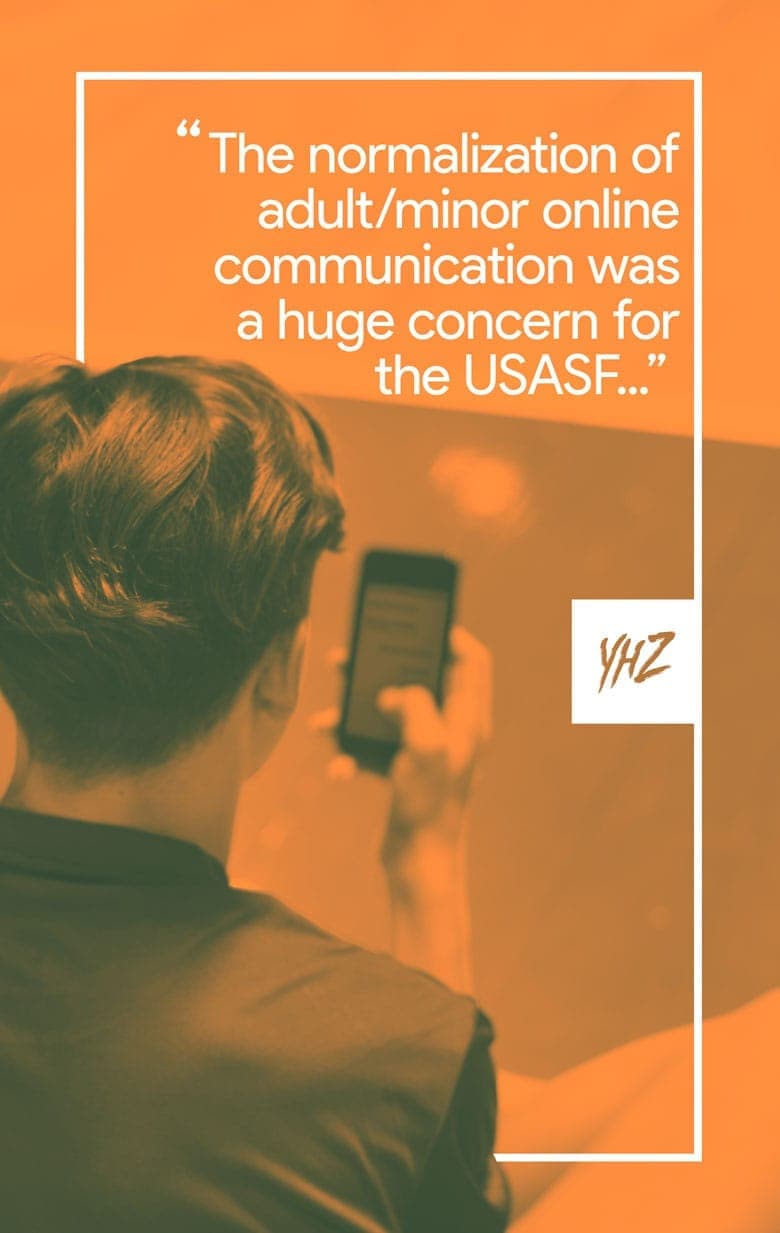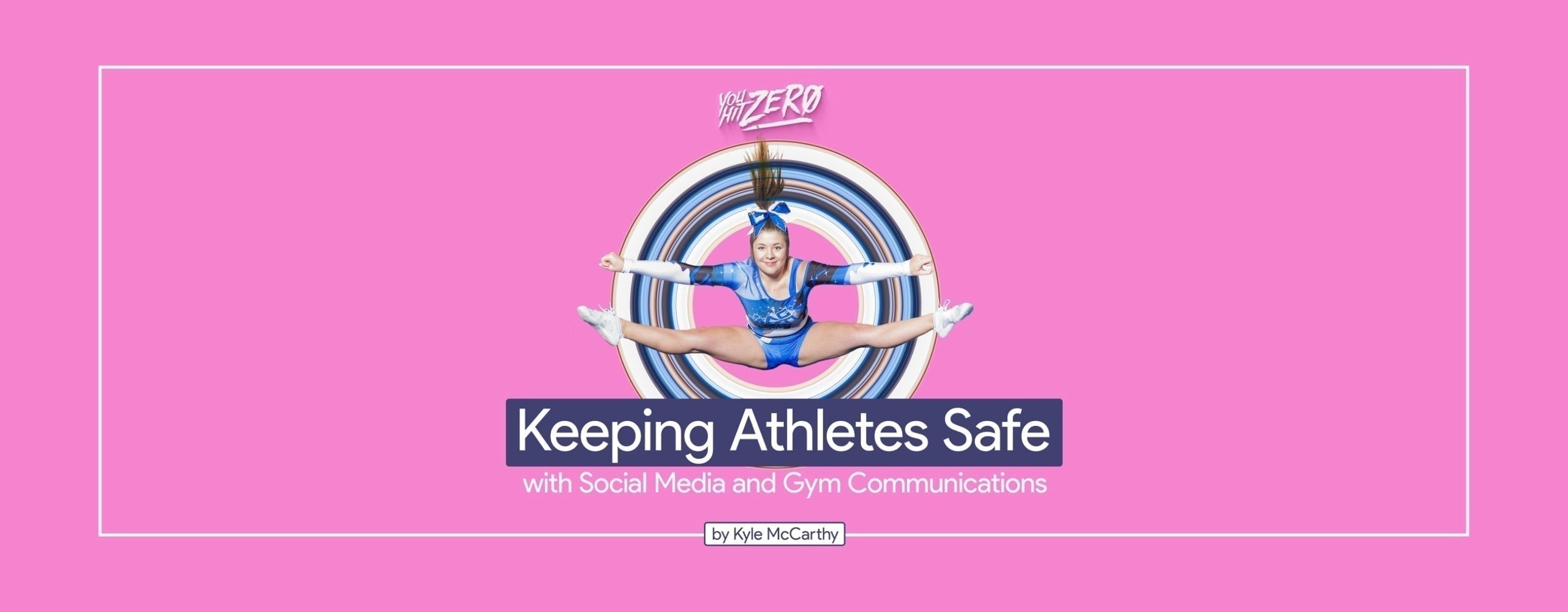By Kyle McCarthy
Published on November 16, 2019
Our industry is an informal one...
…it’s hard not to be when you’re dealing with family! We spend so much time together as a gym family that it’s sometimes not easy to see how social media and the way we interact with it can actually put the kids we coach at risk. After all, social media is great! It’s been revolutionary for the ways in which we can quickly communicate with parents, share photos and videos, free marketing for gyms and has really helped build gym communities and bonds. We’ve become so accustomed to sending a quick message to an athlete after a hard practice to check in on them, or to give them a personal shout-out, that we don’t realize the potential harmful effects of this casual closeness.

In most areas of life, communications between minors and adults is a no-go zone. Whether it’s a teacher at school or an inappropriate message on Instagram, neither of these are ok. So why is it ok for a coach? Truth is, it isn’t. And we have all allowed a culture to grow where it’s normal and ok for adult coaches to message minor athletes, and vice versa, potentially creating an understanding in a minor athlete’s mind that contact from an adult is not unusual nor cause for concern. The normalization of adult/minor online communication was a huge concern for the USASF and prompted the creation of the USASF Electronic Communications Policy.

The USASF acknowledged that our informal industry culture was putting athletes at risk and acknowledged the need for safety measures to be put into place swiftly and comprehensively. They immediately banned private communications between athletes and coaches, as well as banning them from following each other on personal social media accounts (athletes can still follow official gym accounts).

They tasked every gym with coming up with an Electronic Communications Policy that was as stringent as the official USASF policy, or gyms would be expected to default to the USASF official policy.
As we are into the second season with this policy in place, many gyms may still be lacking comprehensive plans or implementing the policies they have effectively. With the 2019-2020 under way, we want to help you with an easy plan to ensure that your athletes and coaches are safe into the future.
Here are 5 easy steps to ensure your gym is adhering to the USASF Electronic Communications Policy and protecting athletes from potential harm:
-
Review your Electronic Communication Policy with your staff. This is something you should do monthly or multiple times throughout the season as a refresher so coaches remember how to appropriately communicate with their athletes.
-
Hold parent information sessions to inform your parents of safety concerns regarding social media. Parents should oversee their child’s social media accounts within reason.
-
Discuss social media expectations with your athletes and inform them of the rules so they are aware.
-
Eliminate multiple forms of communication for the program and make all staff, parents and athletes aware of the official channels of communication.
-
Find a digital platform that is trusted so you can manage the communication for everyone.

An app such as the CheerLife app will tick all of your boxes when it comes to safe electronic communications. It has group chats, one-way broadcast push notifications, revenue building channels (who doesn’t want to make more money?!), action tracking in a safe social media environment, a noticeboard for gym updates, built-in pro-shop channel, private lesson scheduler and full integration with existing class management software like iClassPro and Jackrabbit. It’s also adheres to the USASF ECP and our content management team is quick to remove, suspend or ban any individuals who violate our terms and conditions.
Keep your kids safe in a specialized custom app for your gym and keep your minor athletes off major social platforms!




